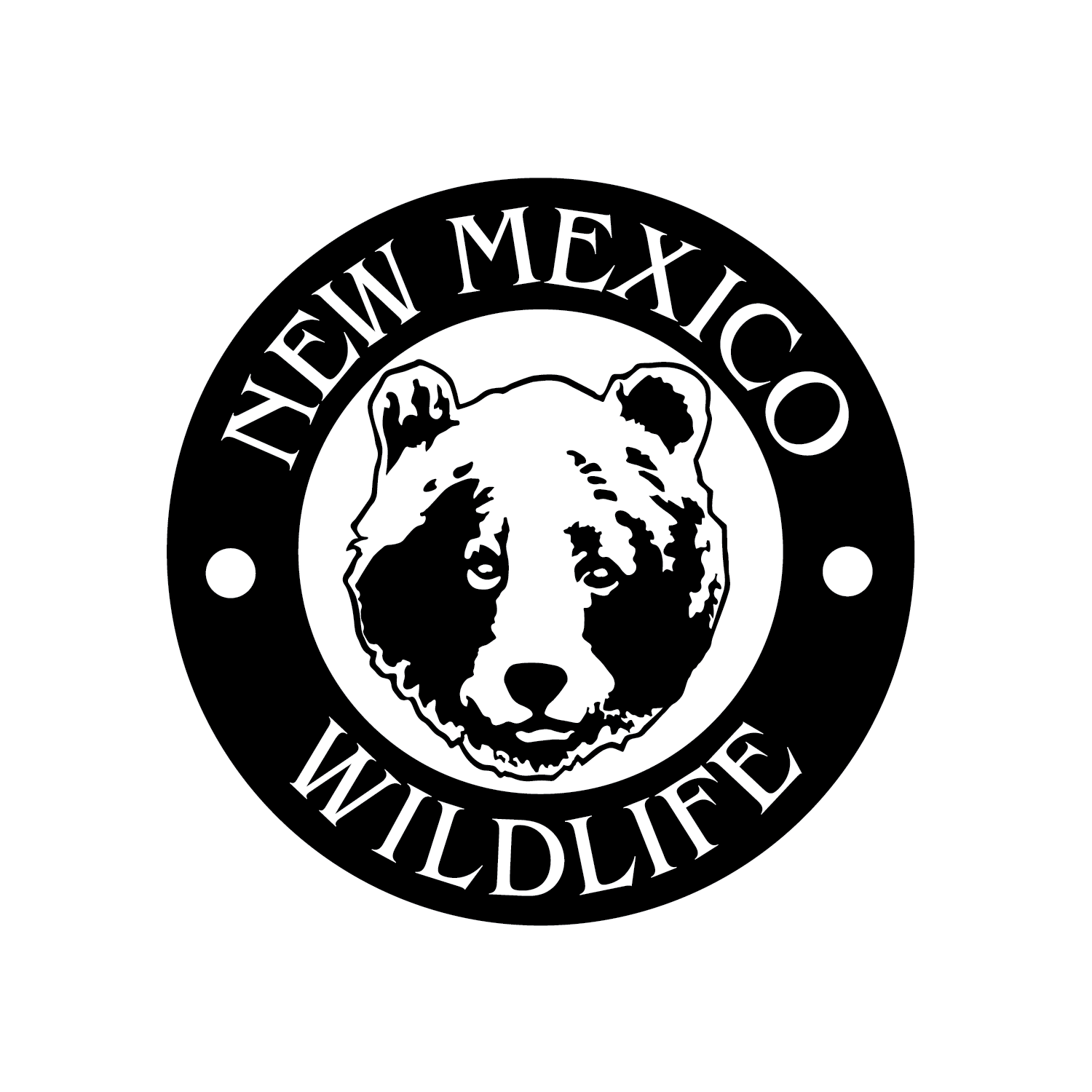During the final weeks of winter, before the snow melts and a gradual rise in temperature signals a transition into spring, New Mexico Department of Game and Fish biologists take a calculated risk in the name of science to peek their heads inside bear dens. What they hope to find in these temporary yet carefully manicured shelters is a hibernating American black bear (Ursus americanus). The Department conducts these late-winter den checks to gather crucial data to better understand bear populations in New Mexico. By collecting data like their weight, body condition, DNA samples and the number of cubs born, Game and Fish is trying to paint a data-informed picture of bears in the state. Once data is collected, it will be used for multiple purposes, which range from understanding how ecological surroundings affect their health to making science-based management decisions.
Contrary to collecting data in a lab, gathering it from a live animal in the wild, particularly one with huge claws and maternal instincts, comes with its own challenges. Department biologists conduct these den checks to retrieve physical samples and additionally to check the fit of each bear’s GPS collar. Rule No. 1 in the biologist handbook states that you should refrain from walking up to a female bear with her cubs to ask for DNA samples. In all seriousness, biologists use a safer method that minimizes negative interactions for the bear and the biologist alike, one where the bear is carefully sedated for a brief amount of time. During these den checks, Game and Fish biologists and conservation officers are quick and efficient within a small window of time, prioritizing the health of bears by monitoring them closely.
Although their name implies that they’ll have black coloration, black bears can also appear with brown fur. Black bears are omnivores, eating a diet that includes plants and animals, and in reality, they’ll eat just about anything. Their diet usually consists of fruit, nuts, insects, larvae and even carrion. Bears are generally found in forests and are reclusive creatures, avoiding human interaction unless they find a food source like trash that isn’t stored properly.
Bears are synonymous with hibernation. The image of a bear sleeping in a cave for the winter is widely known in popular culture. Bears in New Mexico may make use of natural caves for their winter den, but will more commonly excavate dens under rocks slabs, tree roots or downed trees, or use the crevices between large boulders. During hibernation, a bear will reduce activity and slow down its metabolism, heart rate and temperature to conserve their energy. The duration of a bear’s hibernation time depends on several factors, including its access to food as well as its ecological environment. A pregnant female bear will begin hibernation around mid-October, give birth to her cubs in the den around January or February, and will remain there until about mid-April, ending hibernation weeks later than males or females without newborn cubs. But this hibernation does not mean five solid months of sleep, as bears are occasionally active during the winter to stretch and move within their dens. They are also quickly aroused if disturbed, potentially leaving their dens if discovered by other animals or humans, or if their den becomes flooded out, collapses, or is otherwise made unsuitable.
While the female (a sow) is under sedation, Department biologists hold cubs to keep them warm since they have trouble regulating their own body temperature. This is an incredibly important job, but scientifically speaking, it’s adorable. The Department’s carnivore and small mammal program manager, Nick Forman, explains one of the main goals of this project is to “check on reproduction by counting how many cubs they’ve had and collecting DNA hair samples from those cubs, where DNA can be matched in future studies and through sampling hunter harvested bears.” Bears are a big part of the cultural and ecological fabric of New Mexico. They are not only tied to the state’s history, but ecologically, they are instrumental to the region’s ecosystems. Studies like this help track bear populations and ensure we have a system to maintain and observe a robust and thriving bear population, so the public can enjoy them from a very, very safe distance.








